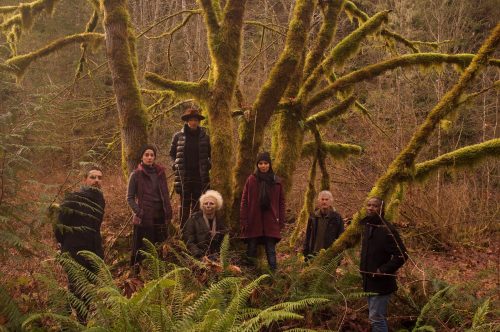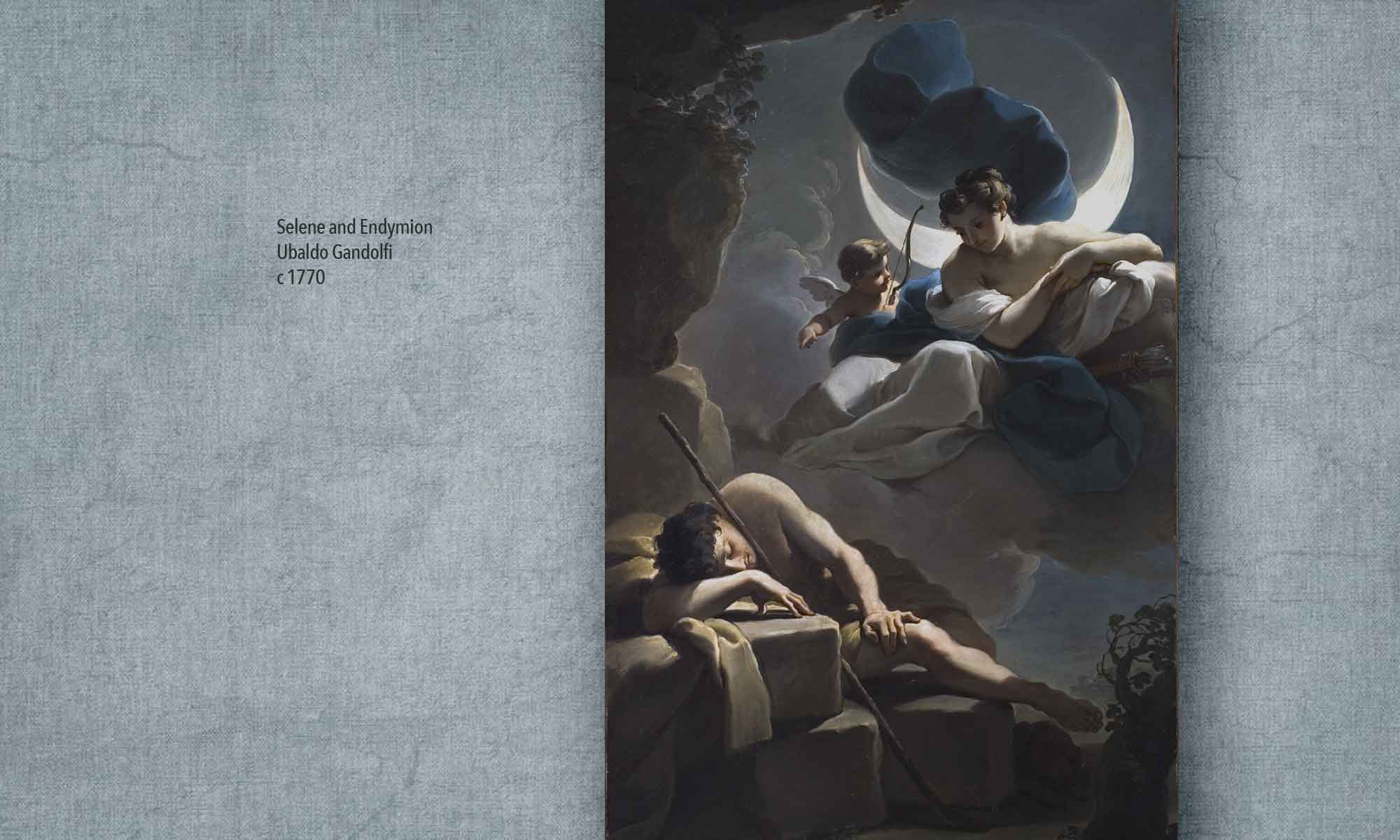 If you woke up one morning with a vivid dream in mind, who could help you understand it? Do you know anyone who specializes in dream interpretation?
If you woke up one morning with a vivid dream in mind, who could help you understand it? Do you know anyone who specializes in dream interpretation?
In earlier times you could bring your dream to a local shaman, sage, or priest. During the 20th century you could consult with a psychoanalyst or some other kind of psychologist.
Today, however, few religious leaders have any interest in dreams. Most professional psychologists receive no training in dream interpretation. The same is true of neuroscientists, who tend to dismiss all dreams as random nonsense from the brain.
If you felt your dream was more than random nonsense, where else could you turn for help and insight?
Here’s a thought: Ask an artist.
Many artists have surprising skill and aptitude as dream interpreters. I just watched this in action with a group of international artists who gathered at a forest retreat in Estacada, Oregon for a weeklong workshop on dreams, art, and multicultural identity, co-facilitated with Alisa Minyukova. I was hoping the members of this group (we’re calling ourselves the Dream Mapping Theater) could offer feedback on my theory that dreaming is a kind of imaginative play in sleep. What I found was much more interesting—a glimpse of the possible future of dream interpretation.
The artists in the group came from many different cultural backgrounds, with a diverse array of creative talents. Yet they all shared three key virtues that made them remarkably effective at exploring the meanings of dreams.
First, they were unusually curious and open-minded people, full of questions and willing to follow the conversation wherever it led. The bizarreness of dreaming did not bore them or make them anxious. On the contrary, they were especially interested in otherworldly dreams that transgress and transcend the boundaries of waking reality.
Our work together began two years ago with informal conversations about the weirdness of “immigration dreams,” in which a person born in one place and living in another has dreams that creatively merge their multiple cultures, languages, and identities. The artists were struck by the radical difference between their freedom in these dreams and their increasing constraint in the waking world, with hardening national borders and tribal identities. They became curious to learn more about their dreaming selves and the wider range of movement and awareness they experience in dreaming. This kind of mental flexibility does not come easily to everyone, but artists may have more capacity for it than most.
Second, the members of this group were quick to see connections. They were hyper-associative, in the best possible way. They could rapidly identify dream images and themes with personal relevance to their families, friends, and early childhood experiences. They eagerly noted symbolic parallels in their dreams to movies, paintings, poems, and other kinds of art. They made lightning-fast references to history and politics, language and religion, mythology and metaphysics. Because each member of the group came from a different cultural tradition, we could discuss the potential meanings of each dream from an amazing variety of perspectives.
More than two thousand years ago the Greek philosopher Aristotle said “the most skillful interpreter of dreams is he who has the faculty of observing resemblances.” Artists seem to possess this faculty in abundance.
Third, and most impressively, the members of this group knew how to bridge the conscious and unconscious parts of their minds. They were skilled at transforming subtle inner feelings into dramatic external works. Indeed, they all have professional training in communicating their deepest personal intuitions in forms that other people can perceive and understand. Once they realized they could apply this craft to their dreams, the ensuing creative explosion was a sight to behold.
Lana Nasser, a performer and story-teller born in Jordan now living in the Netherlands, shared an intensely realistic dream of “osmosing” with trees to diagnose their health from the inside. She spent much of the week exploring the forest and working with others to create an immersive robe of moss, lichen, and ferns. We filmed her one night slowly fading and morphing into a fantastically glowing green tree.
Victor Mutelekesha, a sculptor born in Zambia now living in Norway, told us a frightening dream involving fire. Early in the week he noticed an old burn pile in the forest, and before we knew it he had stripped down and buried himself in the deep, wide circle of black charcoal. (It was about 40 degrees and drizzling at the time.) The resulting footage of his Promethean emergence out of the ashes was a stunning creative response to the raging flames of his dream.
Jennifer Cabrera Fernandez, a dancer and vocalist born in Mexico now living in Italy, described an eerie dream of being paralyzed and transformed into a “stone witch.” It sounded like a nightmare, but she connected the witch’s body posture with the ancient Aztec gods of her cultural heritage, making it an image of strength, not weakness. On the last night of the workshop we turned an old horse barn into a dream temple of the stone witch, with bonfires casting a wild reddish glow on Jennifer’s elaborately painted face and body.
It took a special set of circumstances, and a talented and mature group of individuals, to generate this kind of volcanic creativity. But I suspect that many artists could, with a little guidance and encouragement, also become excellent interpreters of dreams.
This might sound like what Sigmund Freud called “wild psychoanalysis,” a dangerous dabbling in realms of the mind that should be left to medical experts. It’s true that sharing dreams requires a high degree of sensitivity, caution, and mutual respect. But it’s also true that people were safely talking about their dreams long before the rise of psychoanalysis in early 20th century Europe. Dreaming is a natural and healthy function of the human mind, available to everyone. Throughout history, in cultures all over the world, sharing dreams has been a normal part of everyday life.
And artists are really, really good at it.
If you struggle with mental health problems, by all means bring your dreams to a psychotherapist. If you think your dreams might contain divine messages, go ahead and consult with a religious official.
But if you simply want help in exploring a strange dream and its possible meanings, try asking an artist. Think of it as a micro-commission in which you request (and pay?) an artist to give you creative feedback about the dream, providing a novel and illuminating portrait of your oneiric self.
####
(Note: photo credit to Isak Tiner)
